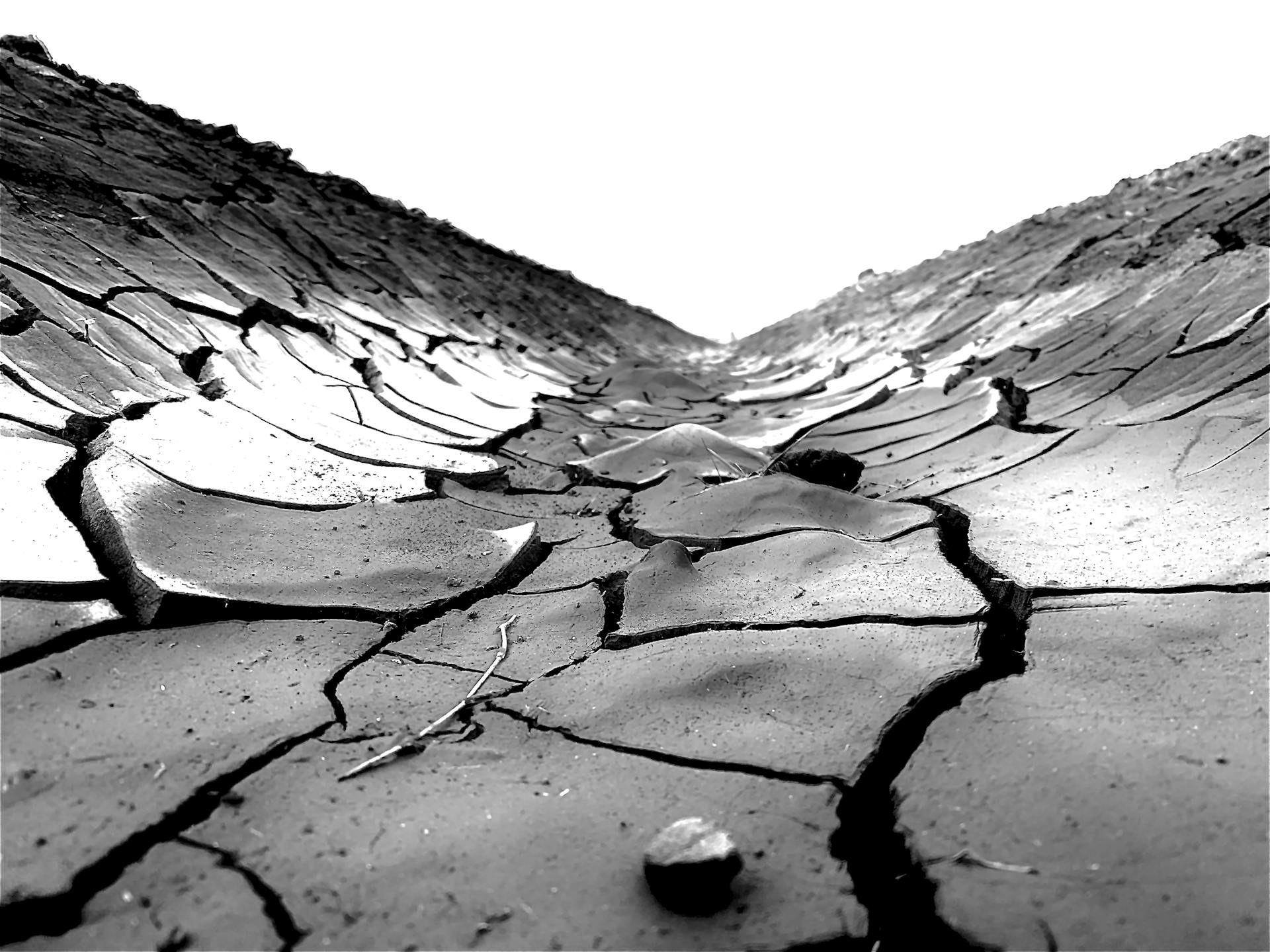Desertification: Causes, Impact and Solutions

Introduction
Desertification is a complex and multifaceted phenomenon that occurs when fertile land gradually transforms into desert-like conditions. This process is often exacerbated by human activities, such as unsustainable agricultural practices, overgrazing, deforestation, and the overexploitation of natural resources. The consequences of desertification can be far-reaching, affecting the livelihoods of millions of people and the health of entire ecosystems.
Causes
- Climate Change: The changing patterns of precipitation, temperature, and extreme weather events can contribute to the expansion of deserts and the degradation of land.
- Unsustainable Land Use Practices: Overgrazing, intensive agriculture, and the clearing of land for development can deplete soil nutrients, reduce vegetation cover, and accelerate the desertification process.
- Deforestation: The removal of trees and other vegetation can lead to soil erosion, reduced water retention, and the loss of biodiversity, all of which can exacerbate desertification.
- Overexploitation of Natural Resources: The excessive extraction of water, minerals, and other resources can disrupt the delicate balance of fragile ecosystems, leading to their gradual degradation.
Also read: The Devastating Impact of Habitat Loss: Preserving Our Planet’s Biodiversity
Impacts on Ecosystems
Desertification has far-reaching consequences on the health and resilience of ecosystems. It can lead to the loss of biodiversity, the degradation of soil quality, the depletion of water resources, and the disruption of the natural cycles that sustain life. These impacts can have devastating effects on the livelihoods of local communities, as well as the global food and water supply.
Desertification Prevention and Mitigation Strategies
Combating desertification requires a multifaceted approach that combines sustainable land management practices, technological innovations, and community-based initiatives. Some key strategies include:
- Sustainable Agriculture: Adopting practices such as crop rotation, cover cropping, and agroforestry to improve soil health and reduce the need for water and chemical inputs.
- Reforestation and Afforestation: Planting trees and restoring vegetation cover to help stabilize soils, improve water retention, and enhance biodiversity.
- Water Management: Implementing efficient irrigation systems, rainwater harvesting, and groundwater recharge techniques to conserve and optimize water usage.
- Soil Conservation: Implementing measures such as terracing, contour farming, and the use of organic matter to prevent soil erosion and improve soil fertility.
Case Studies of Successful Desertification Control Projects
Around the world, there are numerous examples of successful projects that have effectively combated desertification and restored degraded lands. One such case is the Loess Plateau Watershed Rehabilitation Project in China, which transformed a severely degraded landscape into a thriving, sustainable ecosystem through a combination of reforestation, soil conservation, and community-based initiatives.
International Efforts to Combat Desertification

The global community has recognized the urgent need to address desertification, and several international agreements and initiatives have been established to coordinate efforts and promote sustainable land management practices. The United Nations Convention to Combat Desertification (UNCCD) is a leading international framework that provides a platform for countries to collaborate and share best practices in the fight against desertification.
Also read: The Devastating Effects of Deforestation: How Our Actions Impact the Environment
The Role of Local Communities in Combating Desertification
Local communities play a crucial role in the fight against desertification, as they are often the custodians of the land and the primary stakeholders in the management of natural resources. Empowering and engaging these communities through education, capacity-building, and the incorporation of traditional knowledge can lead to more effective and sustainable desertification control strategies.
Desertification and Climate Change
Desertification and climate change are intrinsically linked, as the former can exacerbate the effects of the latter, and vice versa. Addressing desertification is therefore an essential component of global efforts to mitigate and adapt to climate change, as it can help to enhance the resilience of vulnerable ecosystems and communities.
Desertification and Sustainable Land Management
Sustainable land management practices are crucial in the fight against desertification. By adopting holistic approaches that consider the interconnected nature of soil, water, vegetation, and human activities, we can work towards restoring degraded lands and ensuring the long-term sustainability of our planet’s fragile ecosystems.
Conclusion: The Importance of Preserving Our Planet’s Fragile Ecosystems
Desertification is a complex and multifaceted challenge that requires a comprehensive and collaborative approach to address. By implementing sustainable land management practices, fostering international cooperation, and empowering local communities, we can work towards preserving the delicate balance of our planet’s ecosystems and ensuring a more sustainable future for all.
Join the fight by supporting organizations and initiatives that are working to combat land degradation and restore fragile ecosystems. Your contribution, no matter how small, can make a significant difference in preserving the health and resilience of our planet.




